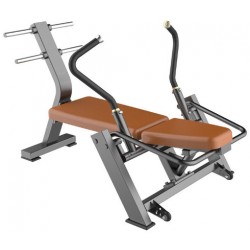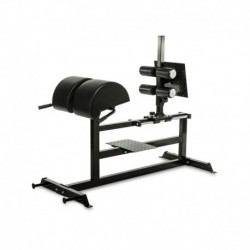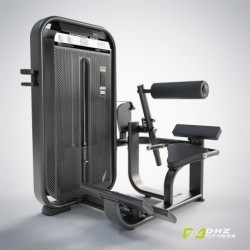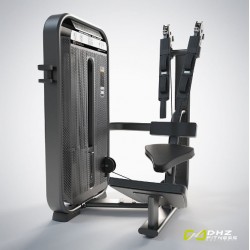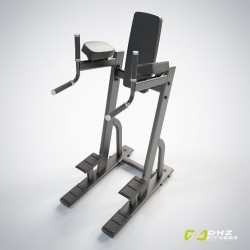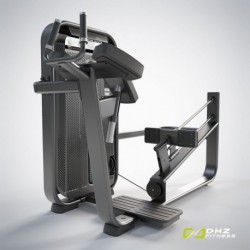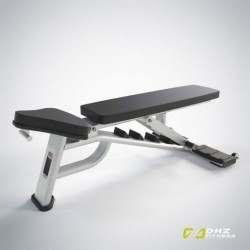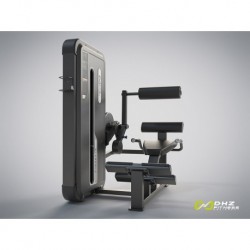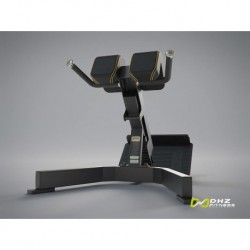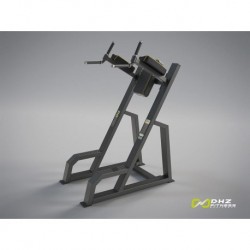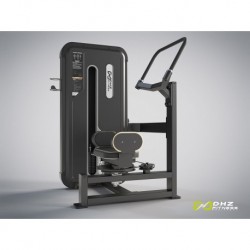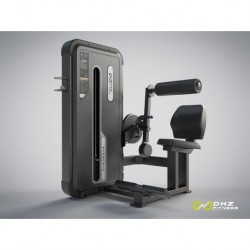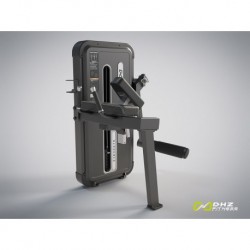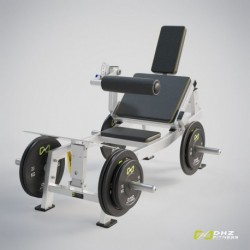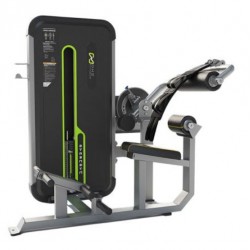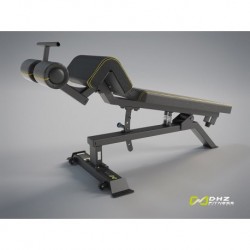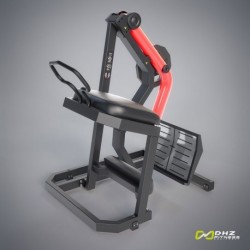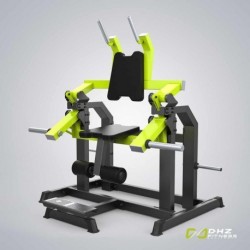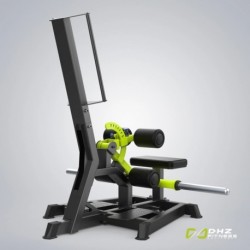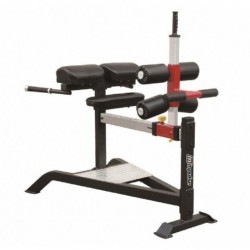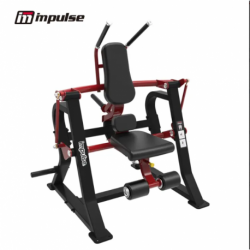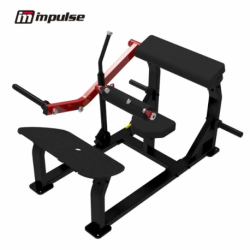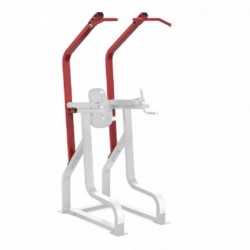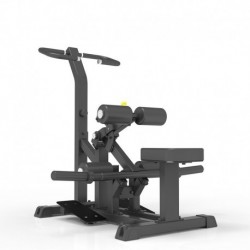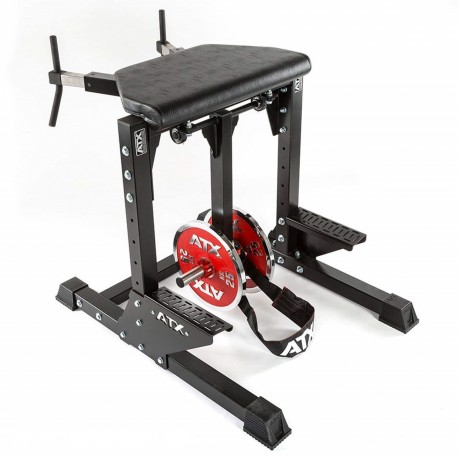
HB
Buy PROFESSIONAL USE BANCO FOR INVESTED HIPEREXTENSIONS DeporTrainer
Reverse hyperextension is the best exercise for the lower body of which most people have never heard of. If you want to strengthen your glutes and tendons or rehabilitate the lower part of your back, you owe yourself to try reverse hyperextension. In this post I will explain the benefits of exercise, how to do it properly and how to program it better in your exercise routine. Benefits of Exercise The reverse hyperactive is possibly the best gluteal builder that exists because it works the pure extension of the hip, which is the main function of the glutes. Resistance is greater when the hips are fully extended and the glutes are completely contracted, making it a great compliment for the hips squats and the dead uprisings that stress the glutes more when they are stretched. Corve tendons and the lower back are also very involved in the movement, but it is mainly an exercise for the glutes. The second great benefit of hyper hyper hyper is that it decompresses the spine while working the muscles of the back chain. That makes it a great exercise to build the buttocks and tendons of the corva while avoiding the problems of the lower back. If it's too late and you already have the lumped discs, the reverse hyperbole can be a fantastic rehabilitation tool. They strengthen the muscles that stabilize the spine, bring blood to the area for healing and relieve pain through spinal decompression. Louie Simmons, the legendary Westside Barbell coach in Ohio, is famous for rehabilitating multiple lumped disks and a fractured vertebrae using the hyperextension inverted. Eventually he was able to put in cradles with 900 pounds after the injury. Many other weight lifters have had similar experiences. In my personal observation, some individuals who have the injured back can do reverse hypersensitivity without back pain, but others cannot. Its ability to benefit from reverse hypersensitivity exercises while injured depends on the specific type of injury and its ability to perform the exercise in good shape. If you have a back injury, your best bet is to try to make reverse hypers with a very light weight while focusing on keeping your spine in a position as close as possible to the neutral. If you feel pain, it is most likely that you have a damage to the soft tissues that the reverse hyperactive is aggravating, and should not exercise. How to perform reverse hypersensitivity To reach the starting position, start by passing one of your feet through the ankle strap. Use the other foot to take a side step and lie down on the bench with your legs hanging from the bench. The fold of the hips must be right on the edge of the bench. Then place your second foot through the ankle strap. Grab the handles for stability. Now you're ready to go. To make a representation, attach your middle section (as if you were preparing to get a punch in your stomach) and lift your legs behind you extending them to your hips. Stop when your legs are in line with your torso and your feet are a little lower than the top of the bench. If you climb more, you risk hyperextension of the lumbar spine. Then lower the weight until your legs are at an approximate angle of 90 degrees with your torso, and repeat. By doing several repetitions, you will notice that the weight naturally wants to swing forward and backward. It is desirable a bit of balance and will help you get a stretch at the bottom of each repetition, just keep it under control and make sure that the weight does not fall freely on the way down. Another thing to avoid is the excessive bending (rounding) of the lower part of the back at the bottom of each re. A small amount of bending and extension is fine.
PROFESSIONAL USE BANK Characteristics for INVESTTED HIPEREXTENSIONS DeporTrainer
Perfect machine to reinforce the back musculature of the lower back and gluteos, helping in turn the correct positioning of the back relieved the pressure of the intervertebral disks. - Anti-slip rubber boots. -Measurements: 140 cm-164 cm long / 105 cm wide / 127 cm high. Weight: 128 kg. Load capacity: up to 340 kg.
RELATED PRODUCTS
MÁQUINA DE FONDOS Y ABDOMINALES EVOST II EJERCICIOS EFECTIVOS CON PESO CORPORAL
895,00 €
SOPORTE PARA FONDOS PECTORAL Y ABDOMEN IMPULSE SL - EJERCICIOS ABDOMINALES Y TRÍCEPS
840,00 €





